Built in 1941, but only completed after WWII in 1947, the Maria Christina neighbourhood in Heerlen, Limburg, was designed by German architects Karl Gonser and Hans-Georg Oechler by order of Hitler and has been protected heritage since 2008. The locals have long referred to this neighbourhood as the ‘Hermann Göring’ neighbourhood, as the story goes that he actually visited the area before construction started. Although thousands of houses were originally planned, the neighbourhood ended up with 240 homes of different sizes, clearly meant for families with many children (many small rooms upstairs and big gardens by local standards), in this case German mine workers that were to take over the mines from the Dutch.
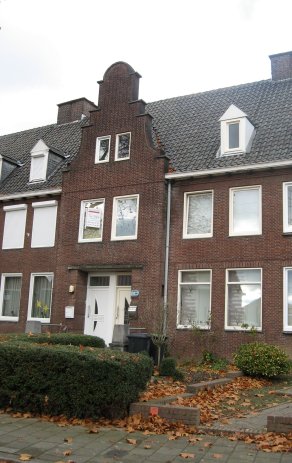
A plaque I read while visiting the neighbourhood explains that the houses with big attics had saddle roofs masoned with rare bricks called ‘vechtsteen’, bricks made of clay that came from the region along the river Vecht. There is also a rumour that houses were broken down in the province of Zeeland, all the way across the country just to building these houses, which is plausible considering that there was ‘vechtsteen’ to be had in Zeeland.
As you can see in both pictures, some houses have a 17th century Dutch bell gable. The first picture shows a row of houses with prominent bell gable houses, while on other streets, the bell gable house is in the middle of the row. My personal impression was that I was looking at row houses in Ireland, and that I was not in the Netherlands.
Many houses on either side of the bell gable house in the second picture are for sale and surprising inexpensive: 135,000 euro on average for 125m2 of living space. To give you an idea of how affordable that is, neigbours of mine in Amsterdam, the country’s most expensive city only rivalled by Utrecht, are trying to sell their 110m2 house for 335,000 euro, down from 349,000.
(Links: rijckheyt and nrcnext)
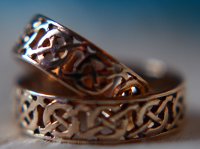 About 73,000 Dutch married couples will have celebrated their 40th wedding anniversaries at the end of this year, Blik op Nieuws reports.
About 73,000 Dutch married couples will have celebrated their 40th wedding anniversaries at the end of this year, Blik op Nieuws reports.
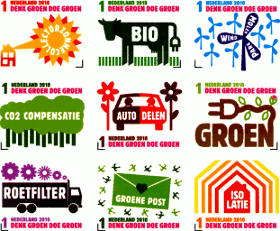 So let me explain this snail mail thing to you. It is orders of magnitude slower than e-mail, and yet you have to pay for the privilege to use it. The way you prove you have paid is by attaching real-life stickers called stamps to your mail.
So let me explain this snail mail thing to you. It is orders of magnitude slower than e-mail, and yet you have to pay for the privilege to use it. The way you prove you have paid is by attaching real-life stickers called stamps to your mail.

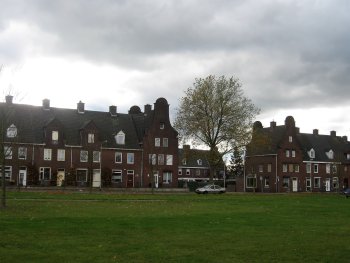

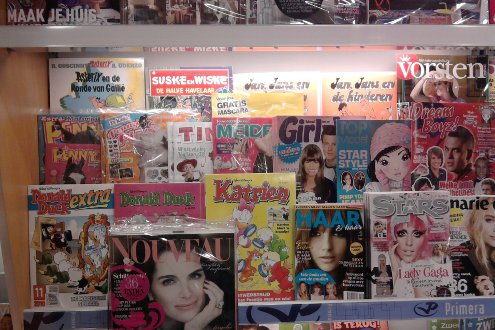

 According to
According to  Last Tuesday tenpages.com, a website that letd readers buy shares in upcoming books based on their first ten pages,
Last Tuesday tenpages.com, a website that letd readers buy shares in upcoming books based on their first ten pages,